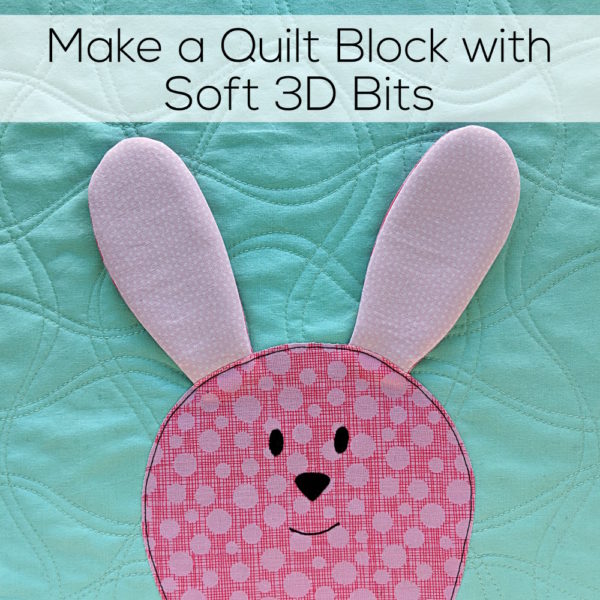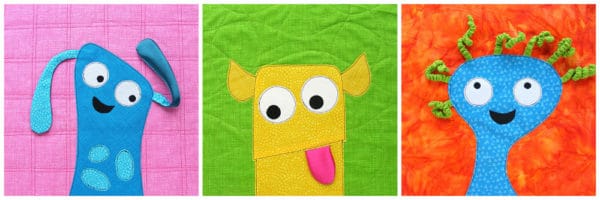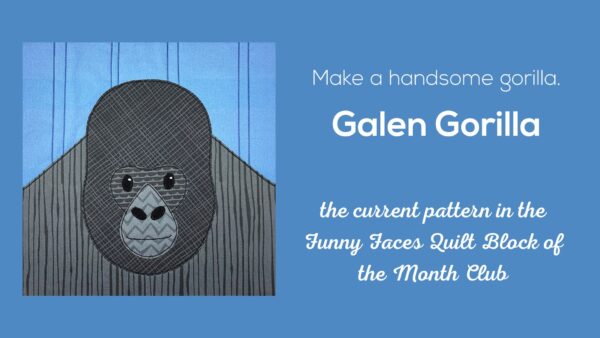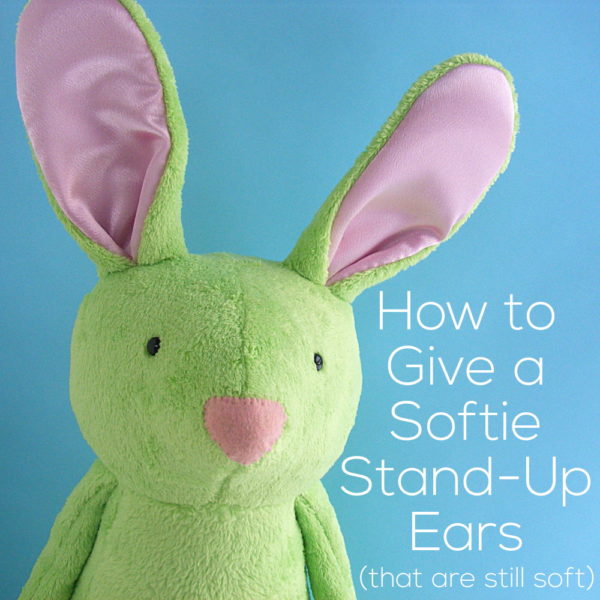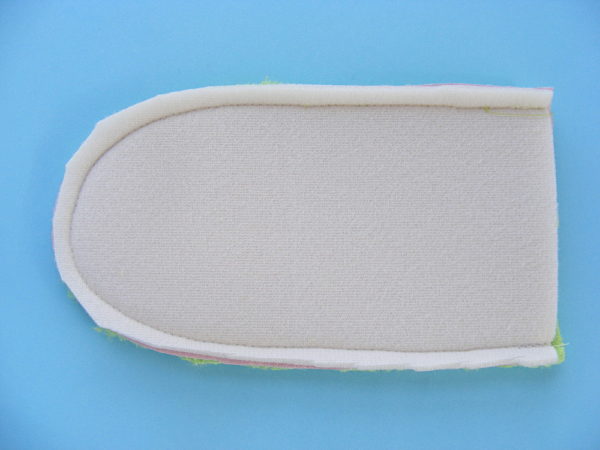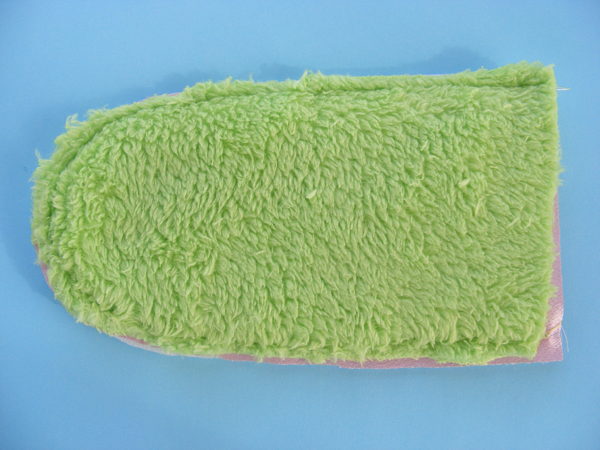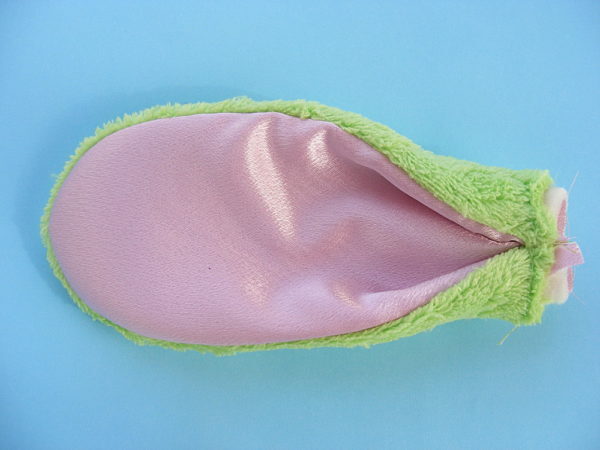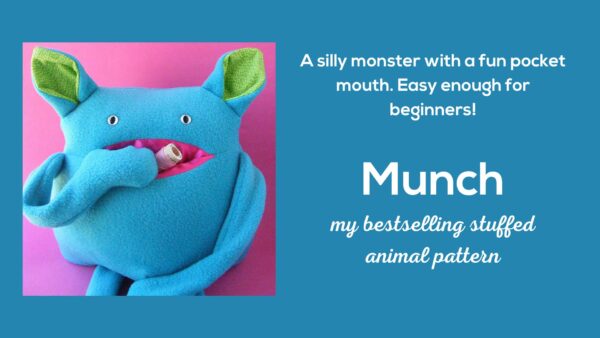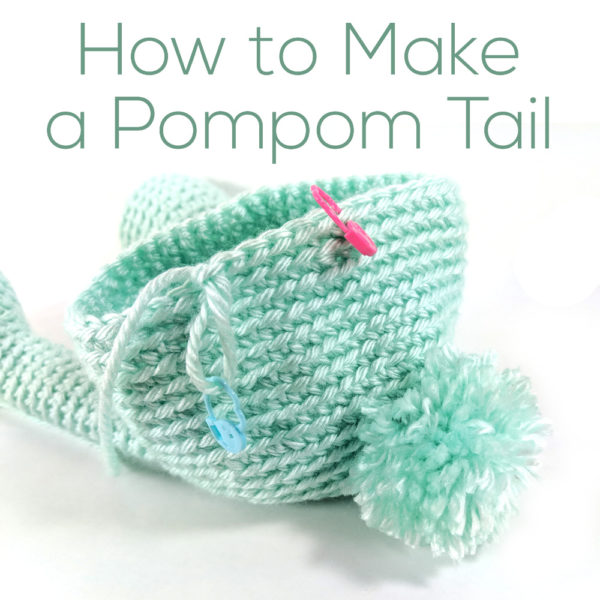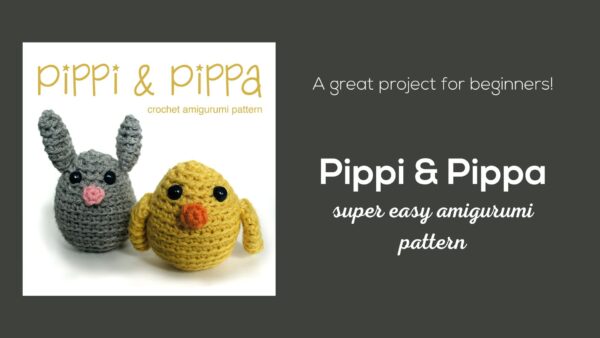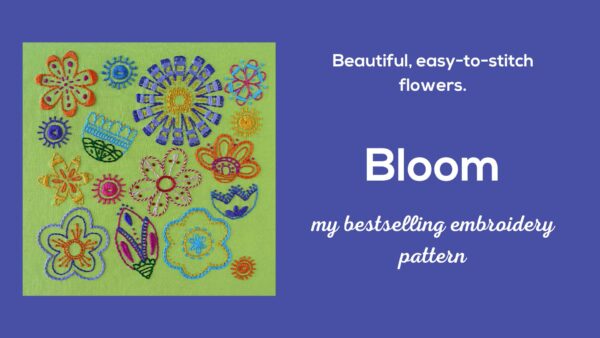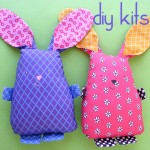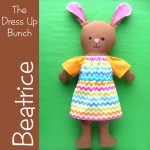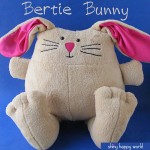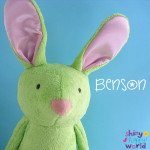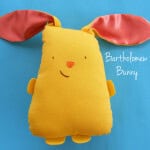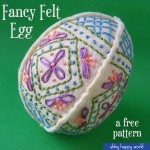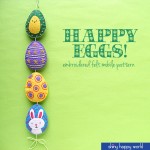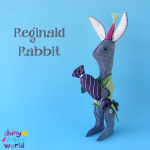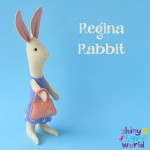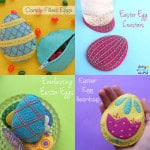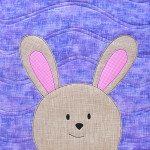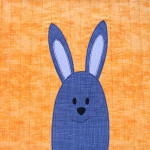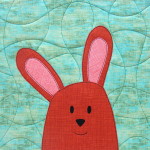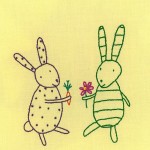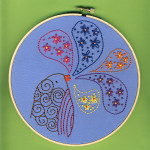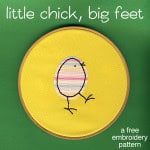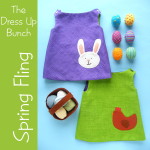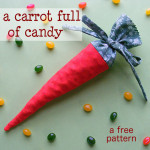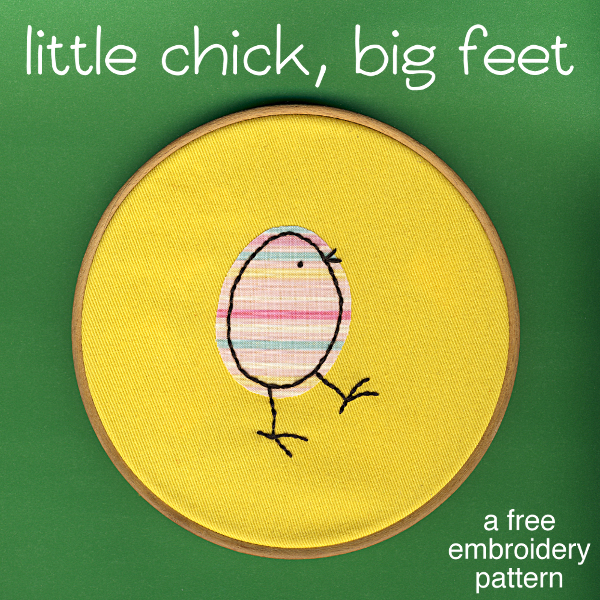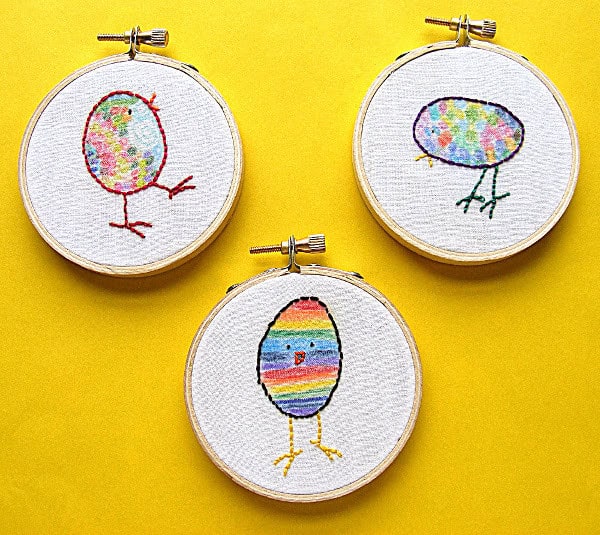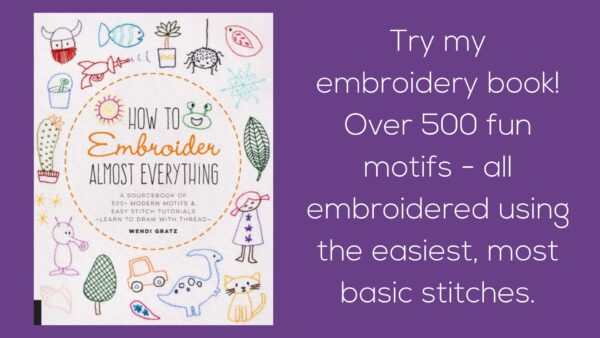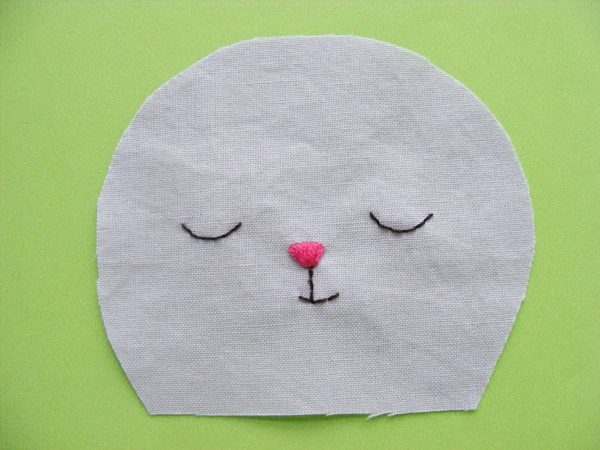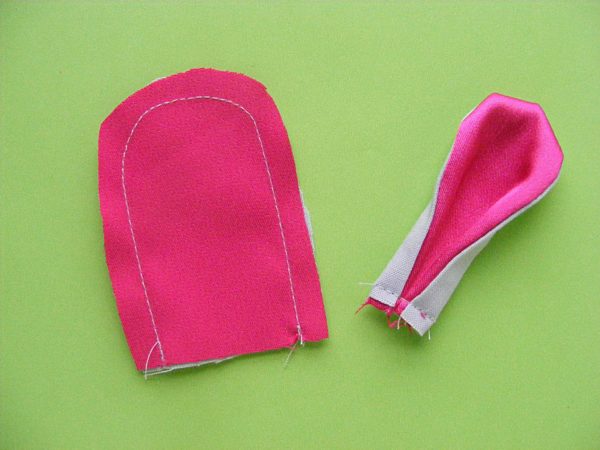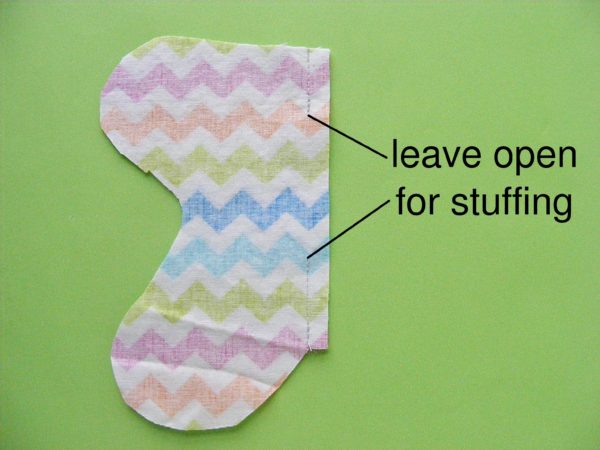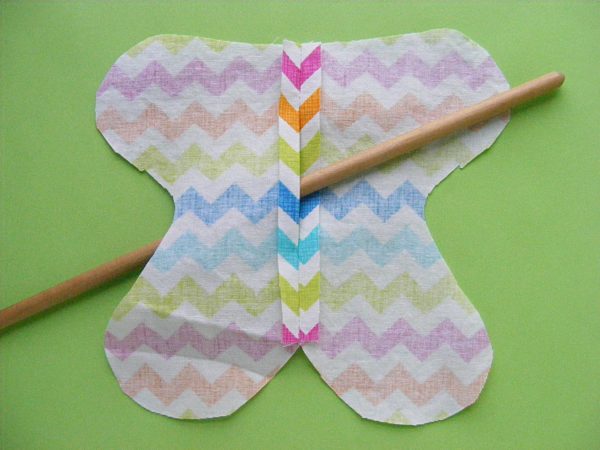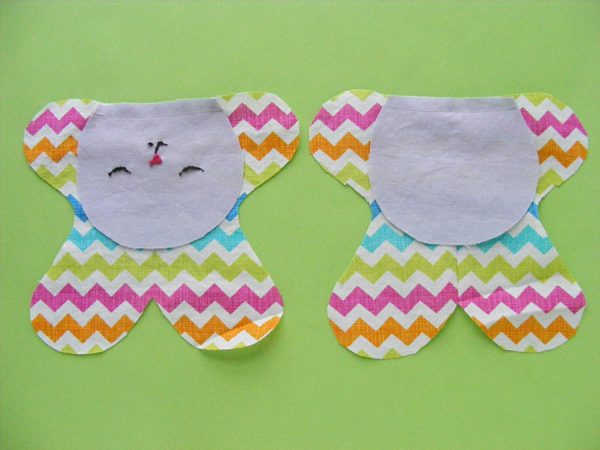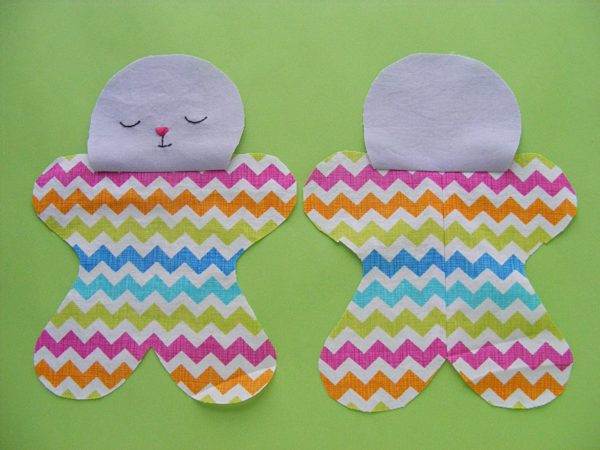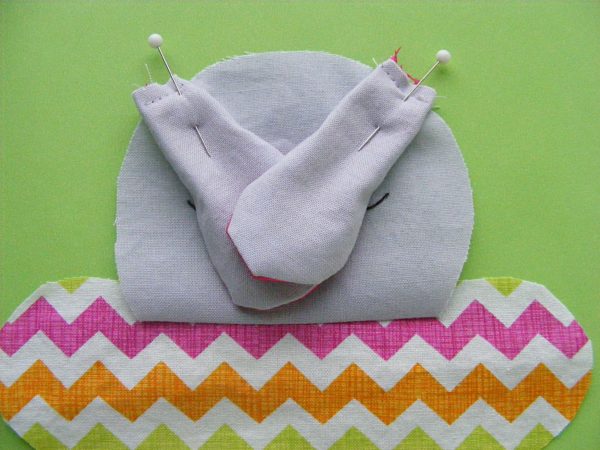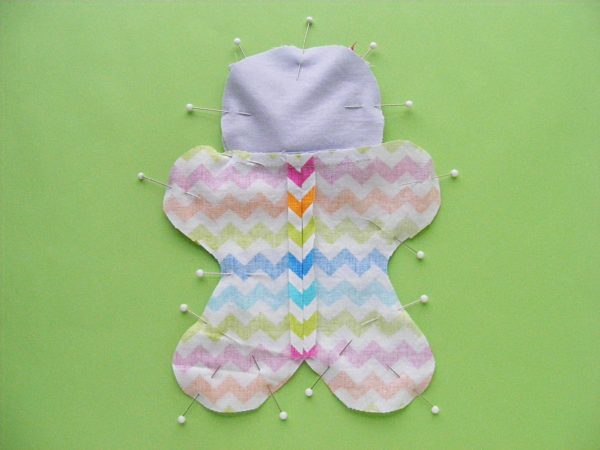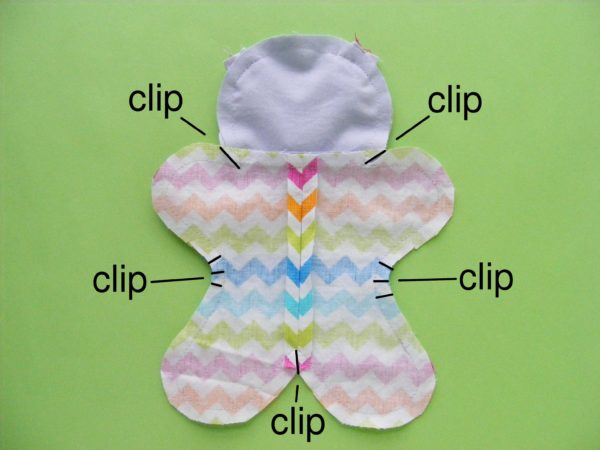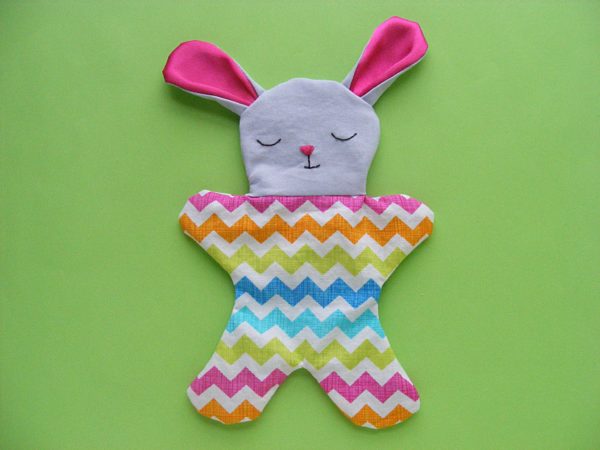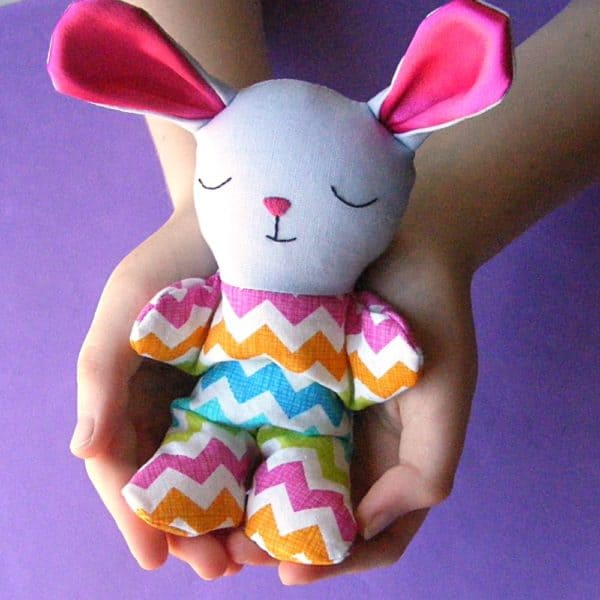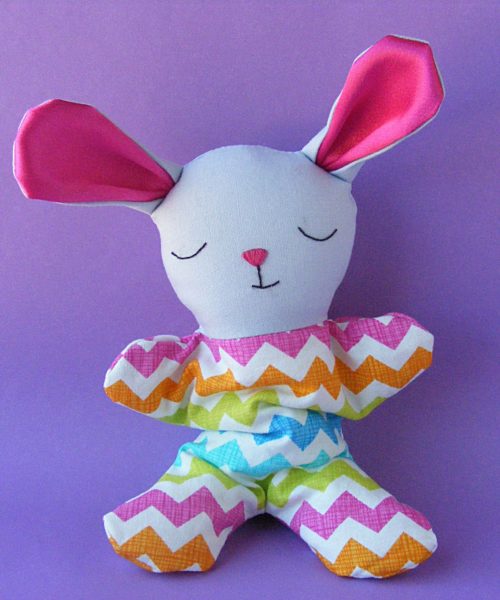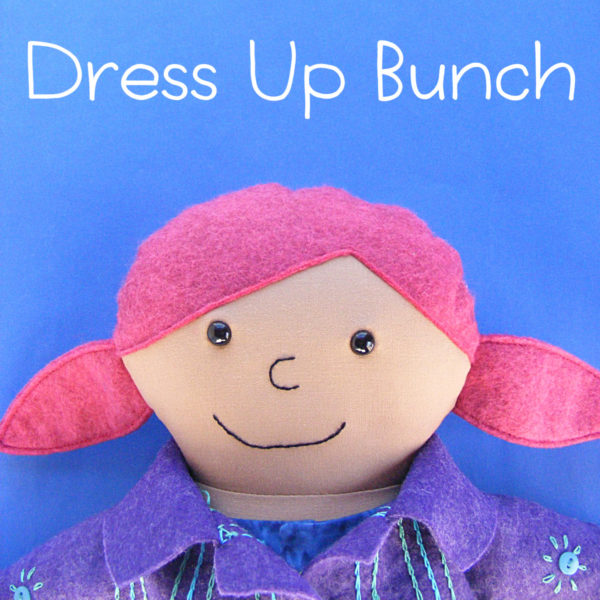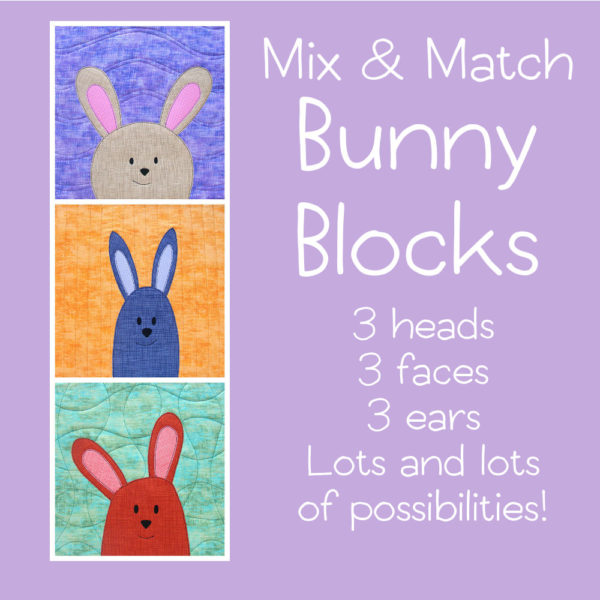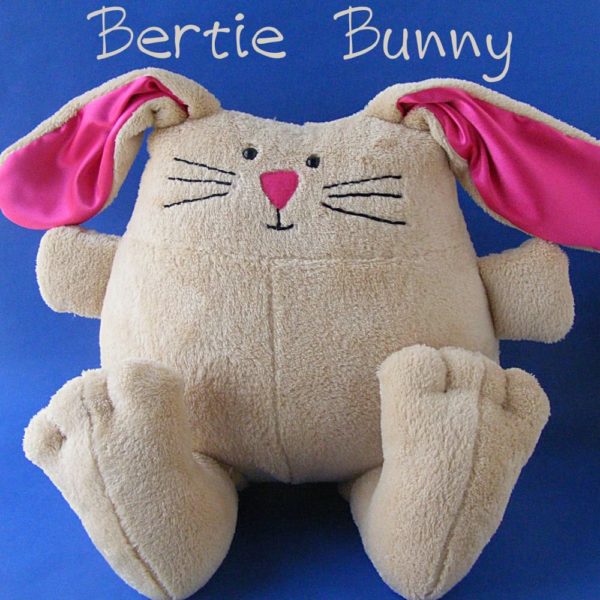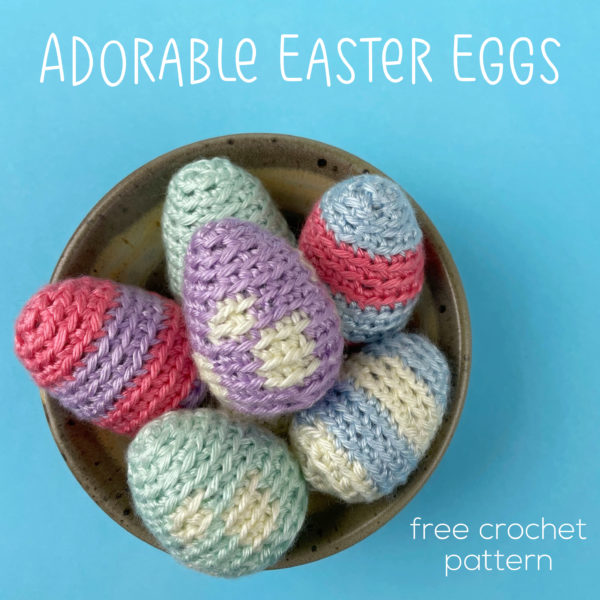
Stitch up some easy crocheted Easter eggs with this free pattern.
These little eggs are super fun to stitch up – and a great way to use up your smallest yarn scraps.
The pattern includes instructions for a plain egg, a striped egg, and a spotted egg.
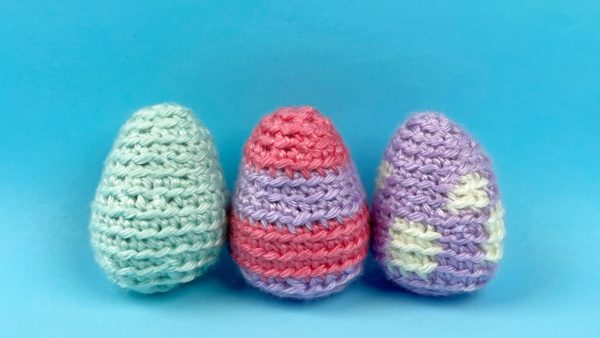
Are you new to crochet and you don’t think you have the skills? Not to worry! These crocheted Easter eggs are a really easy pattern – just increasing and decreasing – nothing to attach. Plus – the links within the pattern go to tutorials showing how to do each step.
If you’re just getting started, start with the plain egg. It’s a great way to learn the basic stitches – single crochet, increase, and decrease.
After you have one under your belt you can try some simple color changes.
Have fun!
You can use any size yarn for this pattern – but if you’re doing stripes or spots, make sure both yarns are as close to the same thickness as possible. Use the hook size recommended on the yarn band – or one size smaller if needed to get a nice tight stitch.
Plain Crocheted Egg
Start out with a sloppy slip knot.
Ch 2. This video shows how to chain stitch.
Round 1 Sc 6 times in 2nd ch from hook (6) This video shows how to single crochet, and this video will help you find the second chain from the hook.
Round 2 Sc twice in each stitch (12) This video will help you with that increase round, if you need it.
Round 3 Sc in each st (12)
Round 4 [Sc twice in next st, sc in next st] 6 times (18) If you’re confused by those brackets and parentheses, take a look at this post about How to Read a Crochet Pattern.
Round 5-6 Sc in each st (18)
Round 7 [Sc twice in next st, sc in each of next 2 sts] 6 times (24)
Rounds 8-10 Sc in each st (24)
Round 11 [Sc2tog, sc in each of next 2 sts] 6 times (18) This video will help you with this first decrease round.
Stuff the egg.
Round 12 [Sc2tog, sc in next st] 6 times (12)
Round 13 [Sc2tog] 6 times (6)
Round 14 Use the drawstring method to close up those last six stitches, leaving a perfectly smooth top. This video shows the drawstring method of closing up amigurumi.
Fasten off, pulling the knot towards the center. This video shows how to fasten off.
Done!
Striped Crocheted Easter Egg
For the striped egg you’ll be changing yarn colors. This video shows the basics of how to change colors when you’re doing single crochet, and this video has some tips for making those colors changes a little smoother.
MC is your main color. SC is your second color.
Start out with a sloppy slip knot.
With MC, ch 2.
Round 1 Sc 6 times in 2nd ch from hook (6)
Round 2 Sc twice in each stitch (12)
Round 3 Sc in each st (12)
Round 4 [Sc twice in next st, sc in next st] 6 times (18)
Round 5-6 With SC, sc in each st (18)
Round 7 [Sc twice in next st, sc in each of next 2 sts] 6 times (24)
Rounds 8-10 With MC, sc in each st (24)
Round 11 With SC, [sc2tog, sc in each of next 2 sts] 6 times (18)
Stuff the egg.
Round 12 [Sc2tog, sc in next st] 6 times (12)
Round 13 [Sc2tog] 6 times (6)
Round 14 Use the drawstring method to close up those last six stitches.
Fasten off, pulling the knot towards the center.
Done!
Polkadot Crocheted Easter Egg
For the spotted egg you’ll be changing colors for just a few stitches at a time. You do that just like the color change in the striped egg, EXCEPT you don’t need to cut and knot your yarn between those changes. Just drop one color and pick up the new color without cutting the yarn. The color you’re not using will just carry on the back of the work. This is called “stranding” and there’s a video showing how to do it here.
MC is your main color. SC is your second color.
Start out with a sloppy slip knot.
With MC, ch 2.
Round 1 Sc 6 times in 2nd ch from hook (6)
Round 2 Sc twice in each stitch (12)
Round 3 Sc in each st (12)
Round 4 [Sc twice in next st, sc in next st] 6 times (18)
Round 5-6 [With MC, sc in next 4 sts. With SC, sc in next 2 sts] 3 times (18)
Round 7 With MC [sc twice in next st, sc in each of next 2 sts] 6 times (24)
Rounds 8-10 [With SC, sc in next 3 sts. With MC, sc in next 3 sts] 4 times (24)
Round 11 [Sc2tog, sc in each of next 2 sts] 6 times (18)
Stuff the egg.
Round 12 [Sc2tog, sc in next st] 6 times (12)
Round 13 [Sc2tog] 6 times (6)
Round 14 Use the drawstring method to close up those last six stitches.
Fasten off, pulling the knot towards the center.
Done!
And here’s a sweet little lavender version of Blair Bunny. She’s traded her Halloween ghost costume for a pile of cute crocheted Easter eggs!
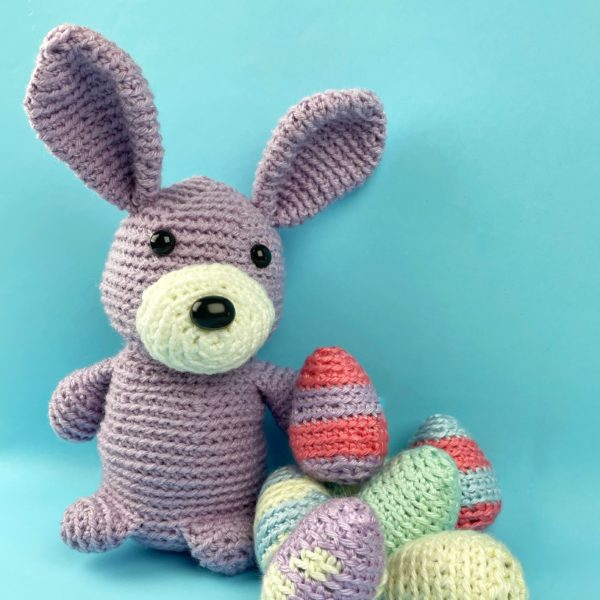
Happy stitching!





